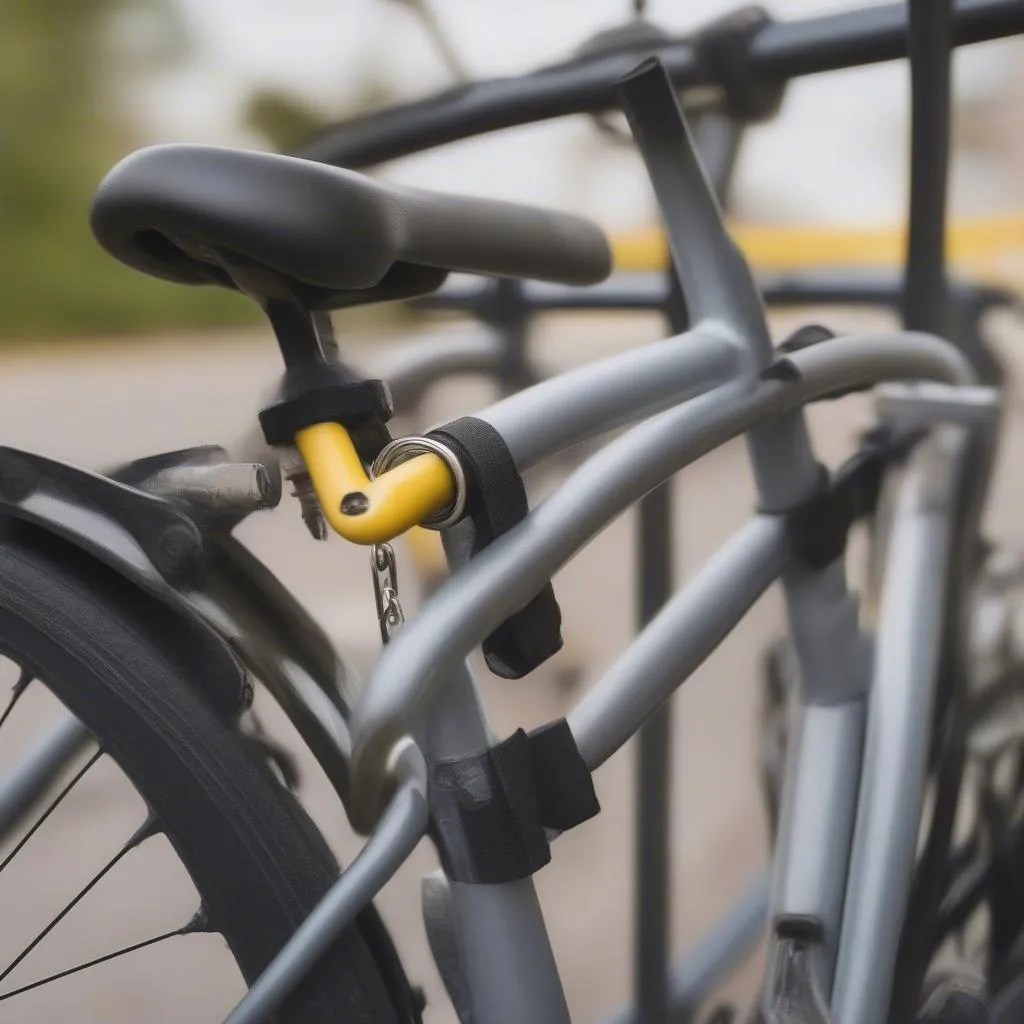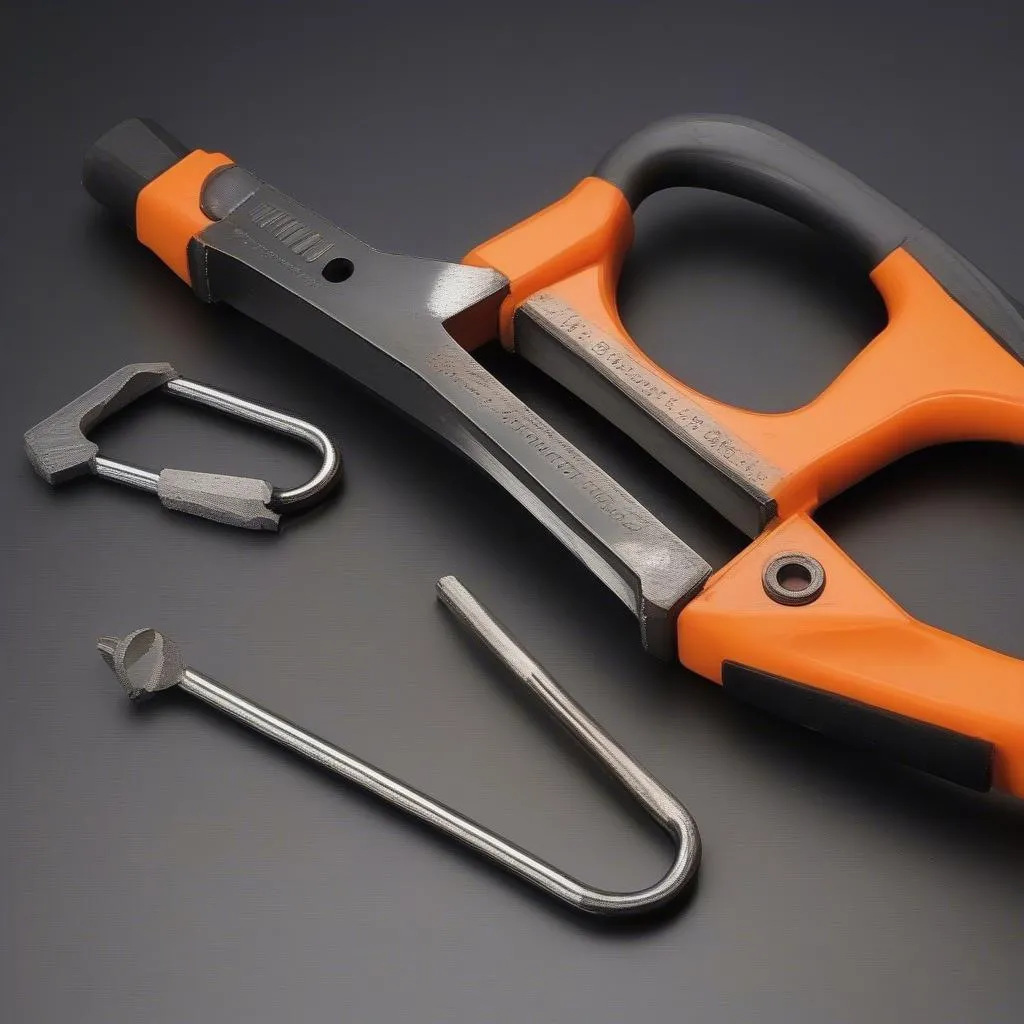Finding your anti-theft lock cable (especially one from a reputable brand like CE) stuck can be frustrating. While the first instinct might be to cut it, there are safer and more effective ways to handle the situation. This guide will walk you through the process, ensuring you protect both your belongings and yourself.
Understanding the Problem
Before we dive into solutions, it’s essential to understand why your anti-theft lock cable might be stuck. Common reasons include:
- Forgotten Combination: This is the most frequent culprit.
- Rust and Debris: Exposure to the elements can lead to rust buildup, making it difficult to unlock.
- Internal Mechanism Failure: While less common, the locking mechanism itself can malfunction.
Identifying the Issue
Start by examining your lock closely:
- Check the Numbers: Ensure you’re using the correct combination. Even a slight misalignment can prevent the lock from opening.
- Inspect for Visible Damage: Look for signs of rust, dirt, or any physical damage to the lock or cable.
Tools for the Job
Instead of resorting to cutting, which can be dangerous and damage your property, consider these tools:
- Penetrating Oil: This can help loosen rusted components.
- Small Brush: Useful for cleaning away dirt and debris.
- Lock Picks (for experienced users): If you’re comfortable with lock picking, this can be an option. However, proceed with caution as improper use can damage the lock.
Safe Solutions
- Lubricate and Clean: Apply penetrating oil to the lock mechanism and use the brush to remove any visible dirt. Allow the oil to work for a few minutes before attempting to unlock.
- Try Default Combinations: Some locks come with a default combination. Check your lock’s manual or the manufacturer’s website.
- Contact a Locksmith: If the above steps fail, a professional locksmith possesses the tools and expertise to safely open the lock without causing damage.
 bicycle lock
bicycle lock
When Cutting Might Be Necessary
In very rare cases, cutting the cable might be the only solution. This should always be a last resort. If you must cut the cable:
- Safety First: Wear protective eyewear and gloves to prevent injury.
- Use the Right Tool: Bolt cutters designed for cutting through hardened steel are most effective.
- Dispose of the Lock Properly: Once cut, dispose of the lock responsibly to avoid potential hazards.
 cutting tools
cutting tools
FAQs
Can I use WD-40 on my anti-theft lock cable?
While WD-40 can provide temporary lubrication, it’s not ideal for long-term use as it can attract dust and debris. Opt for a dedicated penetrating oil instead.
Are there universal keys for CE brand locks?
No, reputable lock brands like CE do not use universal keys. This ensures the security of your belongings.
What if I’ve lost the key to my CE lock?
Contact a qualified locksmith or reach out to CE customer service directly. They might be able to provide a replacement key if you can provide proof of purchase and ownership.
Are there any smart anti-theft locks that don’t use cables?
Yes, many modern anti-theft solutions utilize Bluetooth, GPS tracking, and other technologies for enhanced security. Consider exploring these options for greater peace of mind.
For more information on automotive diagnostics, software solutions, and related topics, visit our website at Cardiagtech.
This article is intended for informational purposes only. CARDIAGTECH is not responsible for any damages or injuries resulting from the information presented. Always prioritize safety and seek professional assistance when needed.

